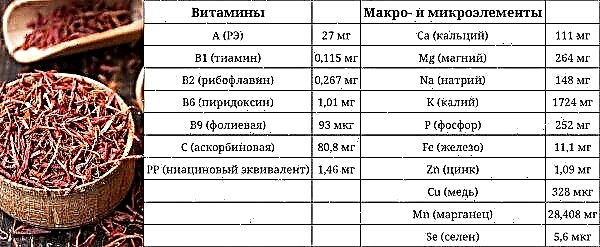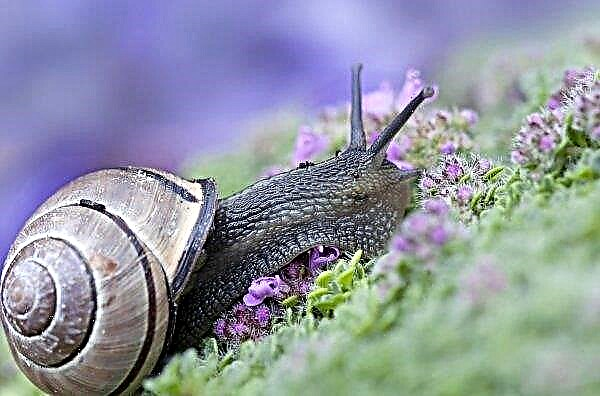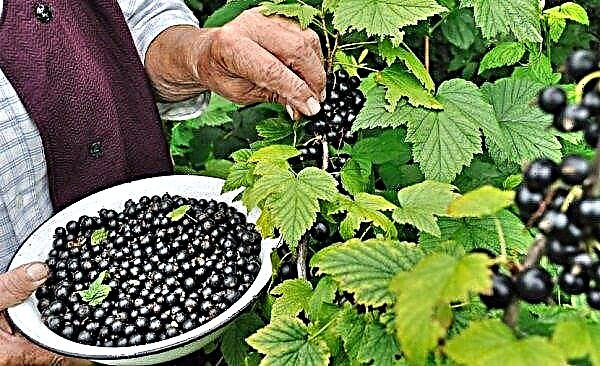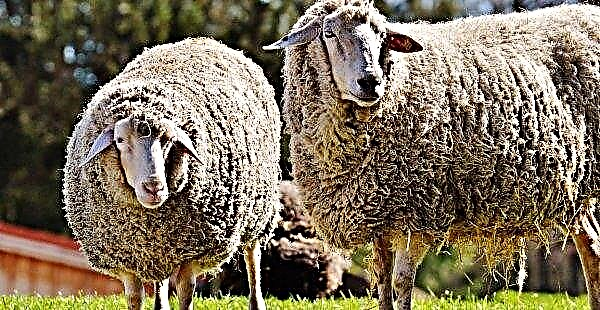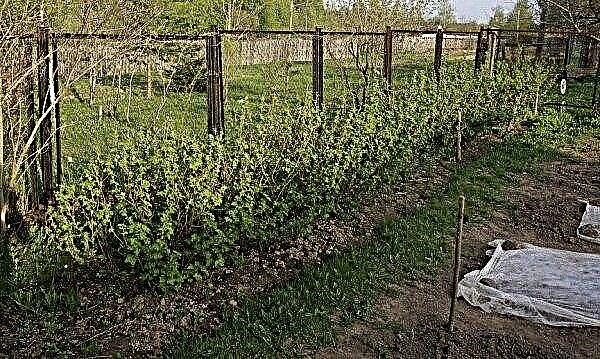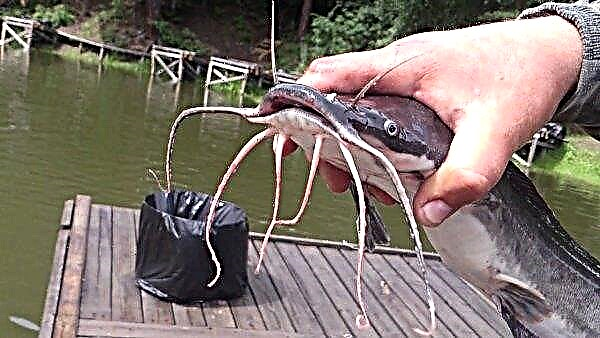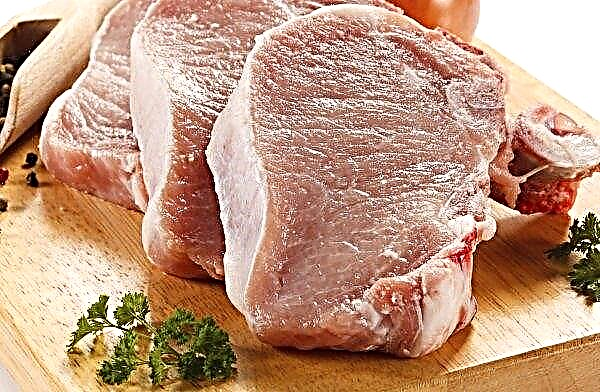Probably, every person associates a bee not only with tasty and sweet honey, but also with a stinging bite, accompanied by sharp pain, swelling of the bitten place and unpleasant sensations after. Why they do this and how to recover faster after an insect attack - more on this later in the article.
Did you know? The smell of laundry soap has a calming effect on bees.
Why do bees sting
The belief that a bee has bitten just like that for no reason is wrong. They are not as scary and evil insects as it might seem at first glance. There are a number of motifs that provoke these small flying insects to aggressive actions.
These include:
- self defense - only when the bee feels a threat from the side of a person, it will defend itself with lightning speed;
- sense of smell - insects are very sensitive to pungent odors (perfumes, tobacco, alcohol, the smell of sweat, etc.), which interrupt the aroma of flowers;
- clothes - beekeepers noticed that bees are more likely to attack people dressed in dark, and they are positive towards white;
- change of weather - negatively affects the behavior of the inhabitants of the hive and may cause them unreasonable aggression;
- smell of own poison - if one bee has bitten, the rest, smelling the poison, will also attack, protecting their brethren.
Did you know? The queen bee does not bite a person even in an irritated state.
The consequences after a bee sting
Almost every time a bee stings, it does not go away asymptomatically. Basically, the bite site turns red, swells, hurts, swelling appears. Swelling goes away after 3 days, redness may disappear the next day. If the bees bit the face, mainly near the eyes and lips, the swelling is observed up to 10 days. There are several degrees of severity of an allergic reaction to exposure to poison isolated from an insect's sting.
Mild allergic reaction
The easiest form of allergy is expressed as follows:
- swelling and redness occurred at the site of the bite;
- the injured area itches;
- swollen affected arm or leg.

Moderate reaction
Allergies of moderate severity are characterized by the following symptoms:
- swelling of the bite site of greater localization;
- body temperature rises;
- itching appears;
- a minor rash occurs;
- painful sensations appear.

Severe reaction
It manifests itself with the following symptoms:
- a rash appears on the body in the form of urticaria, which is accompanied by itching;
- the pulse quickens;
- migraine begins, joint pain;
- swelling of the face;
- body temperature rises;
- there is nausea and vomiting, shortness of breath, shortness of breath;
- convulsions may occur, and the person will lose consciousness.
Important! In severe cases, anaphylactic shock or Quincke's edema may occur, which leads to death.
First aid
The most important thing when a sting bee is struck is the need to provide first aid to the victim as quickly as possible, on which the course of the disease and the duration of treatment will depend.
It consists of the following actions:
- carefully remove the sting with tweezers or a nail, trying not to squeeze the poison out of it;
- treat the bite site with hydrogen peroxide, alcohol or a weak solution of potassium permanganate;
- apply a cold compress to reduce swelling;
- in order to avoid allergies, take antihistamines (Tavegil, Claritin, etc.);
- provide the patient with a plentiful drink;
- in severe cases, you need to call an ambulance.

The better to remove swelling after a bee sting
Treatment of the affected area is carried out at home with the help of folk remedies, as well as medications.
Folk remedies
Very often, with bee stings, people resort to the help of traditional medicine, in the event that the post-traumatic reaction is not severe.
Important! The faster the sting is removed from the bite, the less poison gets under the skin and the easier the reaction to its effect.
Baking soda
Dilute 1 teaspoon of soda in a glass of water and apply to the affected area, due to which an antiseptic effect will be provided.
Rhubarb juice
A compress made from rhubarb juice helps relieve swelling and reduce pain.
Parsley
Parsley leaves scalded with boiling water and applied to a sore spot will help to quickly remove inflammation.
Plantain leaves
Plantain leaves are recommended for use with parsley, using them instead of a cotton pad.
Aloe juice
Aloe juice can be applied in the form of compresses from the decoction or by applying fresh leaves to the bite site, which will provide quick healing of the wound.
Apple vinegar
With a cotton swab dipped in apple cider vinegar, the pain is relieved and dulled.
Toothpaste
By applying toothpaste to the affected area, itching can be reduced.
With medication
In addition to folk remedies, medications also help to recover faster.
Aspirin and activated carbon
A cotton pad soaked in a solution of 1 cup of water, 1 tablet of activated carbon and 1 tablet of aspirin will help to neutralize the poison faster.
Bite ointments
The most effective ointments include:
Prevention of bee stings
But still, you need to remember the main principles of behavior that help to avoid insect bites, which are as follows:
- you can’t fuss a lot, panic and move quickly at the sight of bees, they will perceive such behavior as danger and will attack;
- it is advisable not to go in open clothes near the apiary and dress in bright colors;
- avoid flower fields during the honey collection season, where there may be many bees;
- Do not use perfumes or other cosmetics with rich aromas.
With the onset of heat, when trees, bushes and flowers begin to bloom, there is a risk of becoming a victim of an attack by bees. You must be very careful and always remember the tips that help prevent insect bites. But if this happened, it is immediately necessary to provide first aid and carry out other measures related to the treatment of further consequences.

